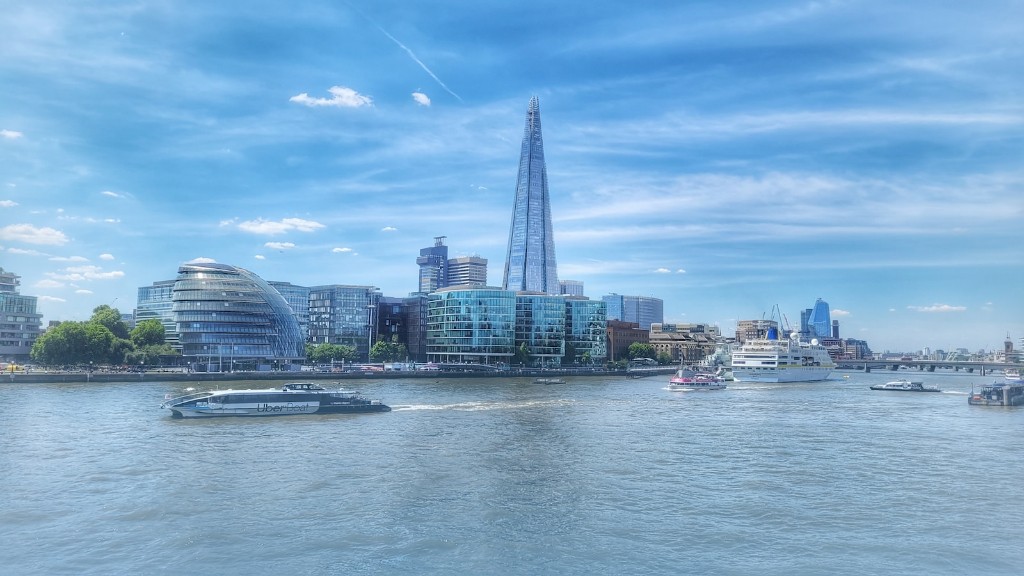Europeans’ Arrival
The colonisation of America was a turning point for the Native Americans. A large part of the indigenous population was either driven away or destroyed in the process of claiming the land. When the Europeans arrived, they brought with them a range of diseases that had not been seen before in the area. This had an unimaginable impact on the population. On top of this, the Europeans brought with them a very different way of life, with different beliefs and attitudes that challenged the Indigenous population who had been living in the Americas for thousands of years.
Conflict and Broken Treaties
The British settlers quickly clashed with Native Americans over land use and resources. Territorial disputes often led to bloodshed and violence. In addition, the British often broke treaties and agreements that had been established in order to protect the rights and freedoms of the Native Americans. This meant that the native populations were often left with very little land and resources, and were forced to move away to unfamiliar territory to find a new home.
British Colonisation
The British quickly established themselves as the dominant force in the region and they set about establishing a strong and powerful colonial state. This led to the displacement of large numbers of Native Americans, leading to extensive land loss. The British passed laws that forbade Native Americans from engaging in certain activities and restricted their movements. This made it difficult for the Native Americans to practice their culture or maintain their traditional way of life.
Resistance and Indian Removal
As the British and other European settlers began to encroach on the Native Americans’ land, many of them began to fight back. This is often referred to as the Indian Wars, which were a series of conflicts between the indigenous population and the British and other European settlers. Despite their valiant efforts, the Native Americans were eventually defeated and forced to move to new two homelands in the Midwest and West. These regions were known as Indian reservations.
Assimilation and Education
In an effort to civilise and assimilate the Native Americans into their own culture, the British and other European settlers set up schools on the reservations to teach the Native American children. This education was aimed at erasing Native American culture and replacing it with the values of the colonisers. This approach was generally unsuccessful, as the Native Americans often refused to give up their own cultures and beliefs, leading to tension between the Indigenous population and the settlers.
Impact of the American Revolution
The American Revolution was a pivotal moment for the Native Americans. In the aftermath, the new government was far more accommodating to Native American interests, and this led to a period of relative peace. However, this was short-lived. The natives were soon subjected to further displacement and warfare as the Americans looked to expand their own territories.
Modern day
The legacy of colonisation can still be seen in the Native American population today. Although much progress has been made in recent years, there is still a long way to go before Natives are treated with the respect and dignity that they deserve.
State Recognition
In the modern era, many US states, as well as Canada, have seen an increase in the recognition of Indigenous rights and cultures. This has seen a resurgence of tribal languages, a focus on preserving cultural heritage, and the establishment of more tribal governments that provide more autonomy and self-determination to the Native American population.
Reparations and Support
As well as greater recognition of Indigenous rights, there has also been an increased focus on providing reparations for the injustices and mistreatment that the Natives have suffered. In the US, the government has taken steps to provide financial support to tribes in recognition of the injustices of the past.
Support and Activism
The Native American population continues to face a range of challenges, and this has led to the emergence of a strong grassroots movement that works to raise awareness of these issues. This activism has been particularly evident in the fight against the oil pipeline that threatened the land and water resources of many Indigenous communities.
Economic Opportunity
In addition to providing greater recognition of rights, the US and Canada have also taken steps to expand economic opportunities for Indigenous people in the form of grants and support for businesses. This is an important step towards providing more economic stability and security for the Native American population.
Cultural Preservation
In recent years, there has been a renewed focus on protecting and preserving Native American cultural heritage. This has led to the establishment of more cultural centers and organizations that work to promote the cultural and artistic contributions of the Indigenous population.
Conclusion
It is clear that the Native American population has had a long and hard history of mistreatment and displacement at the hands of the British and other European settlers. Despite this, the Native American population has continued to thrive and they have achieved much in terms of recognition of rights for indigenous people as well as greater economic opportunities.



